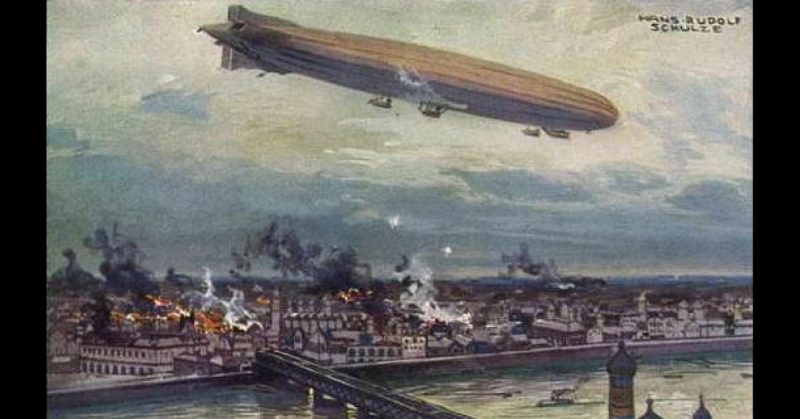Terrifying giants of the sky or vulnerable impracticalities? Zeppelins have appeared as both throughout history – especially during the First World War – but these pioneering airships still capture our imagination today.
The early 20th Century was a time of incredible innovation and groundbreaking technological advancement, and the brainchild of Ferdinand von Zeppelin is a perfect example of this. Developed during the late 1800’s before taking to the skies in 1910, German airships carried more than 10,000 civilian passengers before they became an integral part of the war effort in 1914.
From the deadly aerial battles to the founding of the first airline in history, here are four fascinating facts about zeppelins and their role in the First World War.
A Bumpy Start
Today we often remember them as aerial war machines, but the early zeppelins were not built with combat in mind. In fact, their primary purpose was to carry civilian passengers on pleasure cruises around Germany.
In 1909, five years before his inventions found their new purpose in the First World War, Count Zeppelin started the German Airship Travel Company, the first airline in the world. To promote this new and exciting mode of transport, an airship named LZ 7 Deutschland went a promotional trip with 19 journalists on board. The plan was to publicize the new company and its zeppelins, but things didn’t go as planned.
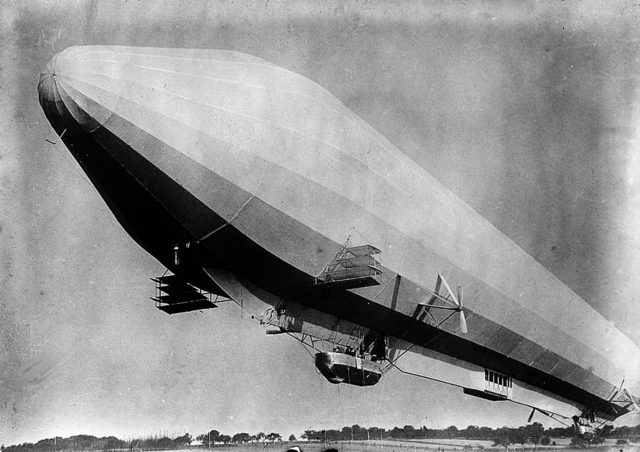
After being pummeled by extremely bad weather, the engine failed and the airship made a sudden descent – only to have its hull snared among the treetops. Yet despite this rather unfortunate start, both the navy and the military were intrigued, and went on to purchase a number of zeppelins for themselves.
When war broke out, many assumed that zeppelins would soon be in the skies over London, bombing the capital city. However, Kaiser Wilhelm II was not in favor of any such action and ruled out a direct attack on Britain, and on London in particular.
The Reluctant Kaiser
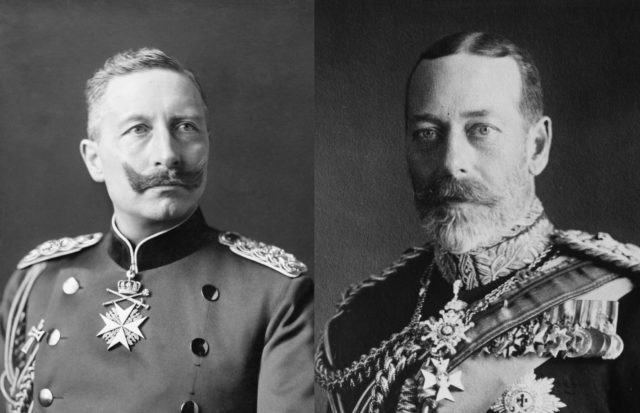
This was probably for two reasons, primarily. Firstly, he had links to the British Royal Family, and was reluctant to take the fight aggressively onto their soil. Secondly, like so many others on both sides, he assumed the First World War would only be a fleeting conflict. Recognizing London’s architectural and cultural history, he wanted to avoid being blamed for any damage his airships might cause to the city during what he expected to be a fairly brief war.
Eventually, of course, repeated demands from both the German navy and army pushed him to relent, but even then the Kaiser initially refused to allow his forces to attack the city of London.
Vulnerable Giants
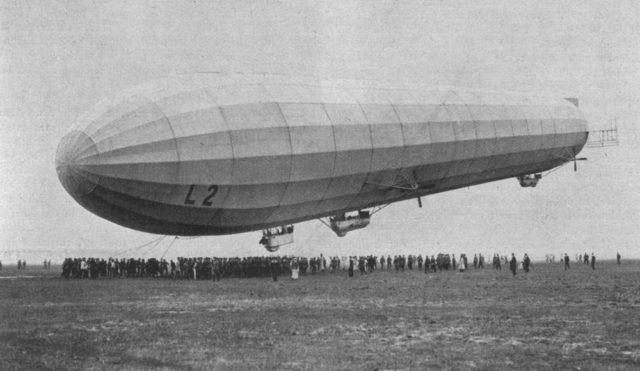
Movies and video games like Battlefield 1 have made zeppelins look like terrifying giants of the sky, but they were actually extremely vulnerable.
Not only were they large and easily targeted, but they couldn’t even drop real bombs during their early raids. Aerial bombs hadn’t been developed by the time the conflict broke out, so the first German military zeppelins had to resort to dropping artillery shells on the enemy targets. They carried out raids all across Europe, and on one occasion an airship was actually brought down by small-arms fire from a soldier on the ground. The Z VI was flying low near Liege, in Belgium, and was damaged so badly by a hand-held firearm that it crashed.
Intimidating and visually impressive they may have been, but they were not always the most effective war machines.
The London Attack
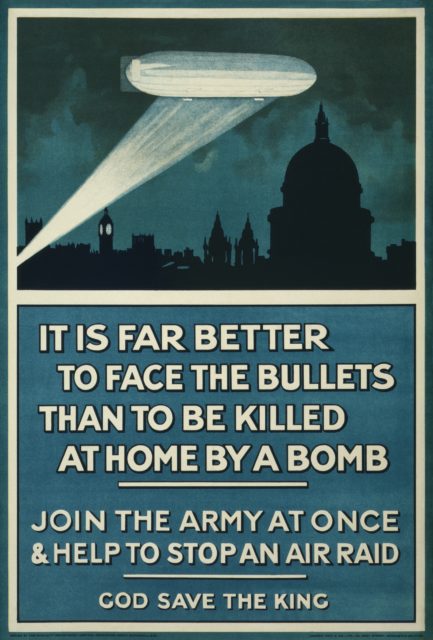
On the 31st of May, 1915, the first aerial bombing of the British capital took place. The German forces had not selected specific targets, although at the Kaiser’s insistence they deliberately avoided attacking anywhere east of the Tower of London.
The attack came with almost no warning at all, as word reached the authorities of the approaching zeppelin – named LZ.38 – only minutes before it started bombing. Even once aware of the imminent danger, the troops and police on the ground were unable to catch any sight of the airship above, and their searchlights revealed no sign of the intruder.
Tragically, the first person to die in the raid was a three-year-old girl, and six more would be killed before the night was over. Only a week later, however, British aircraft bombed the hanger to which LZ.38 had returned, and the zeppelin was completely destroyed.
